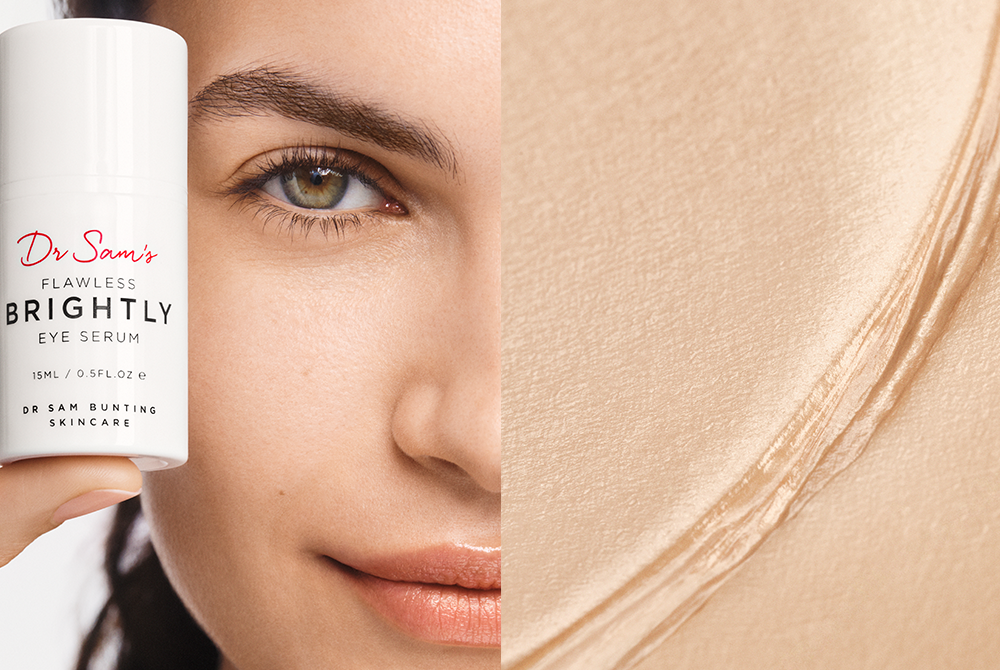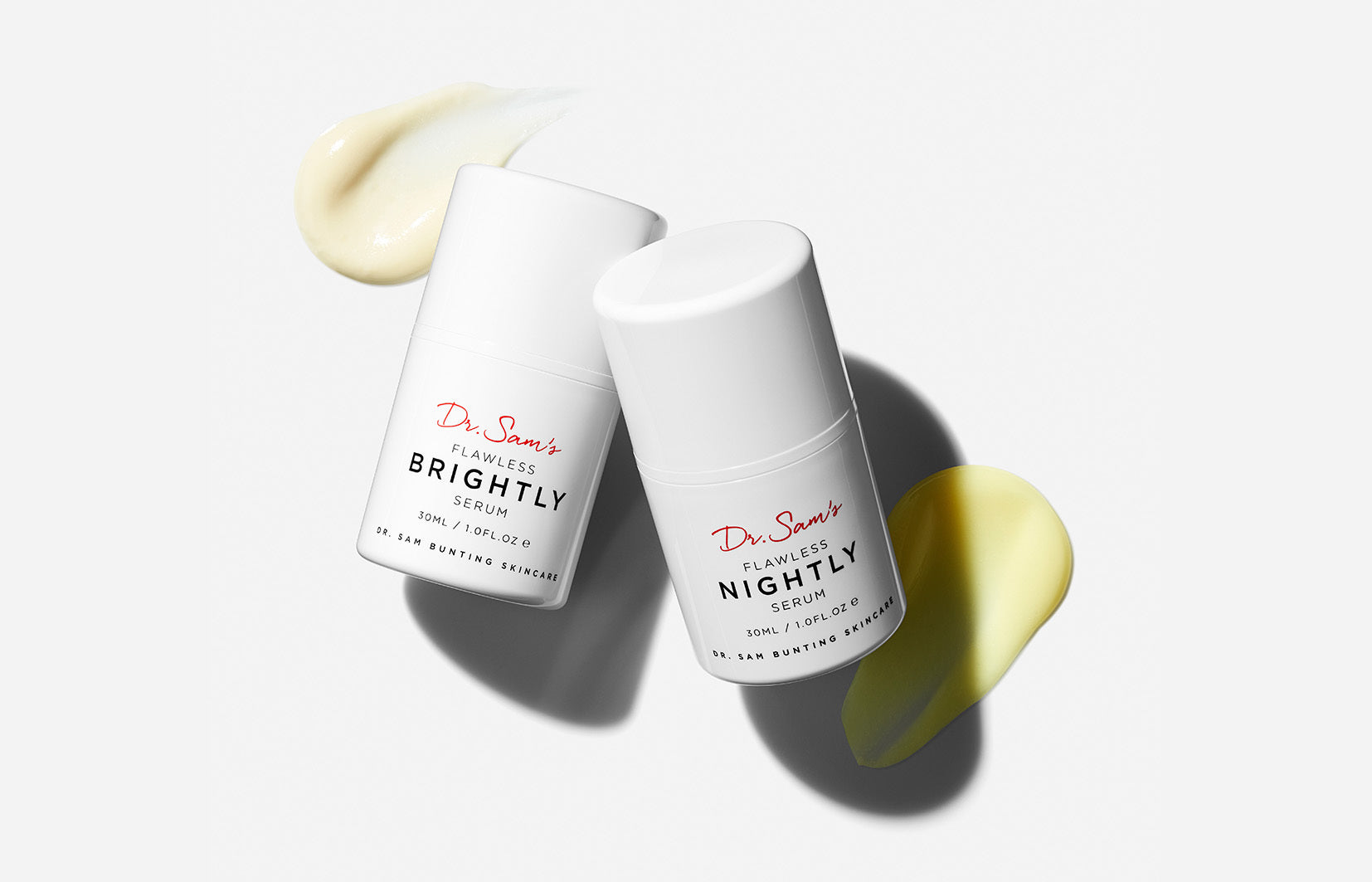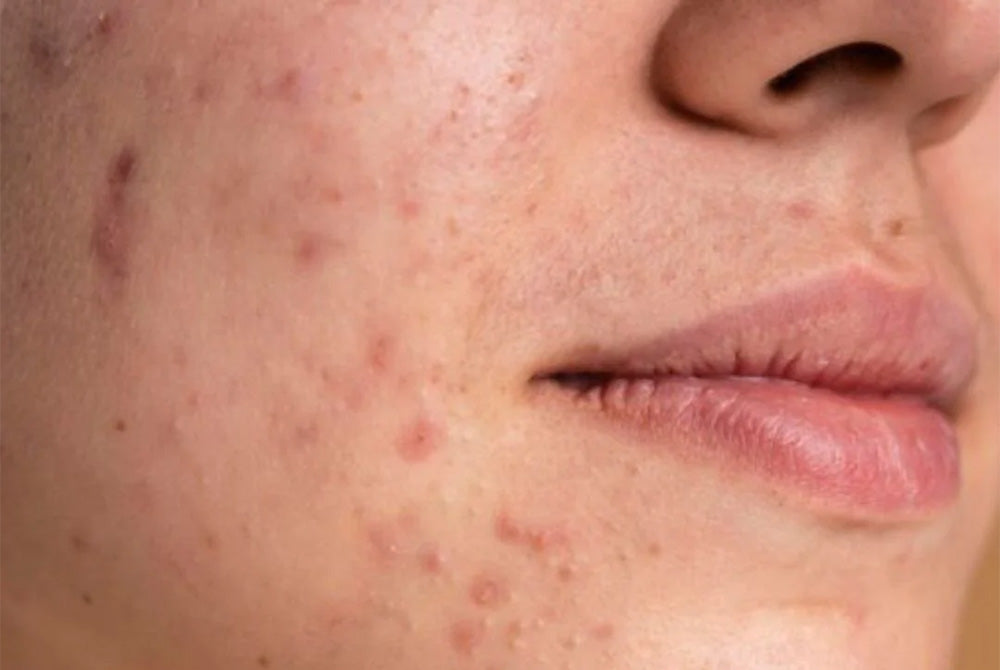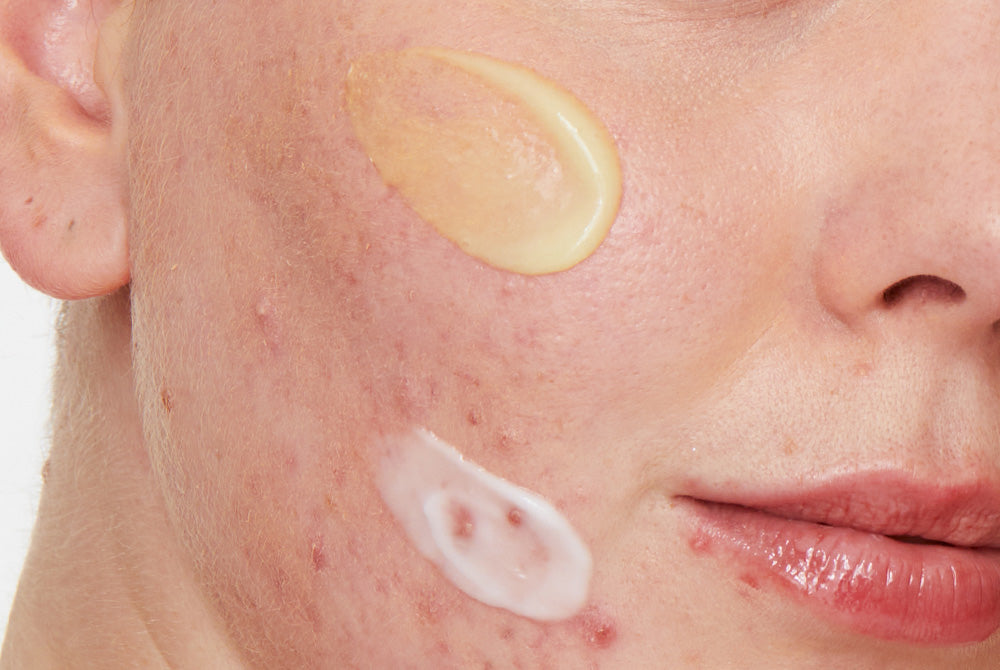Acne remains a big deal - perhaps the biggest deal in skincare.
It affects as many as 85% of teens and a whopping 50% of 20-29 year olds and it causes misery, depressions, anger and frustration. Sometimes all at the same time.
If you’re a woman, you’re at the mercy of your hormones - puberty, pregnancy, contraception, fertility treatment and the menopause. Every single one of these can wreck your skin. If you approach it with the wrong skincare and cosmetics, that’ll do it too. There is so much misinformation out there - especially on TikTok which is sadly where many people are seeking advice for this issue - so in today’s video I wanted to share with you a step-by step guide to treating acne based on best practice and my own 2 decades of helping patients clear their skin and achieve a glowy, acne-free complexion.
To treat a problem successfully, understanding it helps immensely. The reason this is so important is that there is a time-lag between starting a plan and getting better for many people. In my experience this is the biggest challenge. It led me to develop my acne protocols in clinic and to help patients with goal setting in a realistic and achievable period of time. These are the principals behind successful goal setting in any endeavour and they are especially important here to remove the emotive component from derailing our progress. Believe me, I know this from personal experience.
So we need a goal - for example, go make-up free to the grocery store might be a good one.
Then we need to create a structured plan.
Create some milestones along the way - fewer blemishes per week, blemishes last less time or fewer clogged pores are all good examples.
Then set a timeframe for achieving your goal - in the order of weeks to months makes sense (never days!)
Rewards are nice - they help encourage consistency and can be a nice addition to keep you on track.
But first the basics:
How do you get acne?
Genes are at play for many of us - it’s simply not your fault. Yes, you might have a sibling who doesn’t break out but it’s not down to just one gene.
As you can see from the stats, it’s pretty much normal to get a degree of breakouts in your teens and 20s. But there are undoubtedly things that can increase the likelihood of breakouts. The Big 3 are:
Stress is a big one - just look at the skin of a teen taking A-levels
Hormones as I said - the Morning After Pill, IVF drugs, the Mini-pill, even the Mirena coil can all exacerbate breakouts in the acne-prone.
Cosmetics and skincare - this has underpinned much of the increase in acne referrals to my clinic in the last 10 years. Confusion really has increased exponentially as choice has. This highlights one of my key acne treatment mantras - what you don’t do is as important as what you do!
Is acne the same as breakouts? Or pimples?
Yes - the process is the same. It’s a path with multiple steps and it goes like this.
Pore gets clogged - gloopy oil and sticky skin cells.
Anaerobic bacteria grow in the oil glands.
Inflammation occurs as the body’s immune system detects this.
Boom - you’ve got a blemish.
What does acne look like?
It depends. You might not get very much inflammation at all - this is what we call non-inflammatory acne and it’s a sea of little skin-coloured bumps called comedones. Or you might get loads. In which case deep, lumpy blemishes occur called nodules and cysts. These are tender and sore - the kind you often get on your chin or jawline around your period. We also see blemishes that are somewhere in between - what we call papules and pustules, with red heads and white tops with a red base, respectively.
What does acne in different places mean?
Not as much as you might think. We see certain patterns at different points in women’s acne journey - so typically t-zone in the teens and U-zone - jawline and chin in adulthood. This is due to the influence of hormones, but it doesn’t mean there’s anything wrong with them necessarily. We also sometimes see localised breakouts due to friction - under a cycle helmet strap, perhaps - or due to the influence of clogging hair products, on the forehead. But beyond that, your acne ‘map’ is unlikely to reflect dietary deficiencies or intolerances, despite what Google tells you!
Will acne go away?
Hard to say. It can. But a more useful way to look at it is this. Putting in place a great skincare routine for breakouts is actually also likely to really improve your skin health so there’s no downside to putting in place a consistent management plan where the aim is to keep your breakouts at bay. Heck, it's even likely to save you money because you won’t fritter cash on expensive trials that you end up not using. That means it’s also better for the environment too.
That’s a lot of incentives, when you think about it.
Final Thoughts
We’ve covered a lot of ground but I think that’s essential to set us up for success. Fail to plan is to plan to fail, as they say. Hopefully, understanding more about unpredictable and volatile skin helps us clarify what needs to be done to take control and become the master of your own skin! In next week’s video, we’ll build that plan together.
Interested in joining my 2 week Clear Skin Challenge over on Instagram? It’s the perfect way to kick off your acne journey and set you up for skin success. Click here for more info!


























